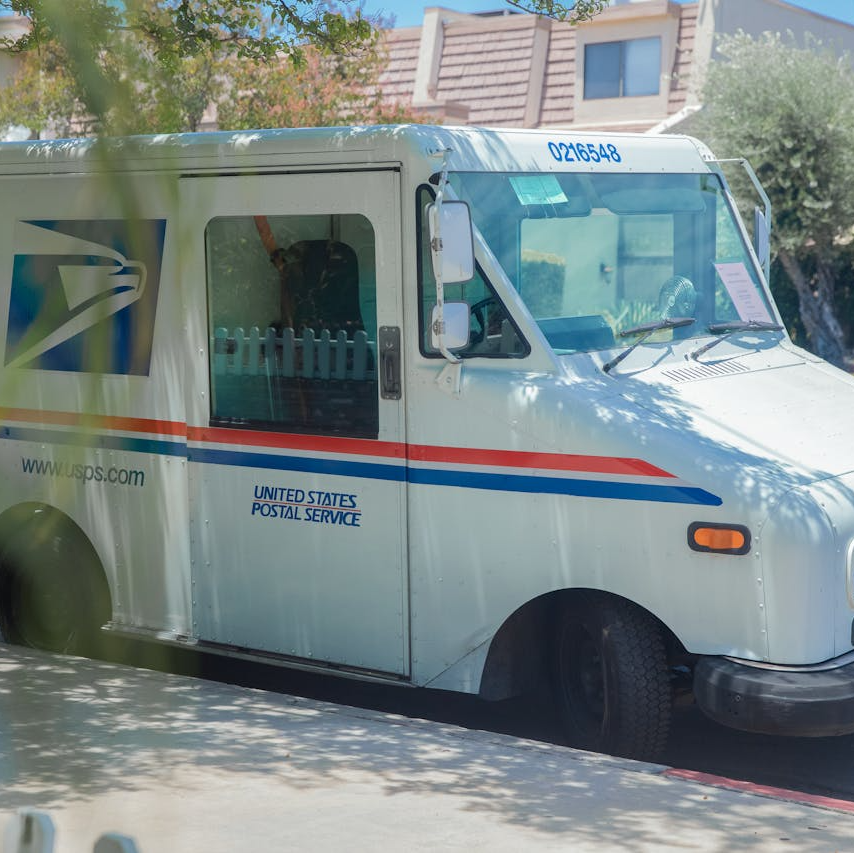Key Takeaways
-
The Postal Service Health Benefits (PSHB) Program affects your FEHB coverage, but it does not alter your eligibility for other federal benefits like FEDVIP, FEGLI, or TSP.
-
Understanding what changes with PSHB—and what stays the same—can help you make smarter decisions about retirement planning and ongoing federal benefits.
Understanding PSHB in 2025
The transition to the Postal Service Health Benefits (PSHB) Program officially took effect on January 1, 2025. If you are a USPS employee or retiree, you are likely already aware that this change replaced your prior Federal Employees Health Benefits (FEHB) coverage. But what many are still sorting out is how PSHB impacts your access to other federal perks.
The good news? Most of your other benefits remain intact. Still, there are nuances and exceptions you need to understand so you don’t miss important opportunities or protections.
What PSHB Replaces (and What It Doesn’t)
The PSHB Program only replaces your health insurance coverage under FEHB. If you are an annuitant or employee with family coverage, your dependents also transitioned to PSHB as long as they met eligibility requirements.
However, this change does not affect:
-
Federal Employees Dental and Vision Insurance Program (FEDVIP)
-
Federal Employees Group Life Insurance (FEGLI)
-
Federal Long-Term Care Insurance Program (FLTCIP)
-
Flexible Spending Accounts (FSAFEDS)
-
Thrift Savings Plan (TSP)
-
Social Security and Medicare eligibility
Each of these benefits is managed separately and follows its own rules and regulations, regardless of whether you are enrolled in PSHB or used to be covered under FEHB.
Dental and Vision: Still Covered Under FEDVIP
Even though your health insurance now runs through PSHB, your dental and vision coverage still falls under FEDVIP. This remains true whether you are an active USPS employee or a retiree.
Things to Know:
-
Open Season applies to FEDVIP the same way it did under FEHB.
-
You can choose Self Only, Self Plus One, or Self and Family coverage.
-
There is no required enrollment in Medicare Part B for FEDVIP to continue.
FEDVIP premiums are paid separately from PSHB premiums, so make sure you budget for both if you’re carrying both types of coverage.
Life Insurance: FEGLI Continues as Before
The Federal Employees’ Group Life Insurance (FEGLI) program remains completely unaffected by the PSHB transition. Your FEGLI elections, coverage amounts, and eligibility requirements are exactly the same in 2025 as they were in 2024.
Reminders for Retirees:
-
FEGLI premiums increase with age.
-
You must elect to carry Basic and optional coverage into retirement or lose it permanently.
-
Once retired, you can reduce or cancel coverage, but cannot increase it.
Long-Term Care Insurance: Still Separate Under FLTCIP
The Federal Long-Term Care Insurance Program (FLTCIP) also stays separate from PSHB. However, FLTCIP enrollment has been suspended for new applicants since 2022, and this pause remains in effect in 2025. If you already have a policy, your coverage remains active.
Things to Remember:
-
No new enrollments are being accepted in 2025.
-
Existing policyholders must continue to pay premiums to maintain coverage.
Flexible Spending Accounts: Only for Active Employees
FSAFEDS is still an option for USPS employees but not for retirees. If you’re actively working, you can still enroll in a healthcare or dependent care FSA during Open Season.
2025 Contribution Limits:
-
Healthcare FSA: Up to $3,300
-
Carryover: Up to $660 if your plan allows
Because FSAs are pre-tax accounts, they can reduce your taxable income if used correctly. But you must re-enroll each year—there’s no automatic rollover.
Thrift Savings Plan: No Change, Still Crucial
Your TSP account remains exactly as it was under FEHB. PSHB has no impact on your ability to contribute, manage, or withdraw from your TSP.
Important 2025 Limits:
-
Elective deferral limit: $23,500
-
Catch-up contributions (ages 50-59 and 64+): $7,500
-
Catch-up contributions (ages 60-63): $11,250
Whether you’re still working or already retired, your TSP is a major piece of your retirement strategy, and you should continue managing it accordingly.
Social Security and Medicare: Eligibility Remains Unchanged
PSHB doesn’t affect whether you qualify for Social Security or Medicare. These programs operate independently of the health insurance benefits you get through USPS.
Medicare Coordination Still Matters:
PSHB plans are integrated with Medicare Part B. If you are a Medicare-eligible USPS annuitant, you must enroll in Part B to maintain PSHB coverage unless you meet a specific exemption:
-
You retired on or before January 1, 2025.
-
You were age 64+ as of January 1, 2025.
-
You live abroad.
-
You are covered under VA or Indian Health Services.
Failure to enroll in Medicare Part B without qualifying for one of these exemptions can result in the loss of your PSHB plan coverage.
Pharmacy Benefits: Integrated Through Medicare Part D
For annuitants enrolled in both PSHB and Medicare Part B, your prescription coverage is automatically provided through a Medicare Part D Employer Group Waiver Plan (EGWP).
Highlights in 2025:
-
Annual out-of-pocket drug spending is capped at $2,000.
-
Insulin costs are limited to $35 per month.
-
An expanded network of retail pharmacies is available.
This integration helps reduce drug costs for retirees, but it’s important to stay enrolled in Medicare Part B to take advantage of it.
Your Open Season Responsibilities
Even with PSHB replacing FEHB, Open Season still happens every year from November to December. During this window, you can:
-
Enroll in or change your PSHB plan
-
Adjust your FEDVIP coverage
-
Elect or re-elect FSAFEDS contributions (if still employed)
Outside of Open Season, changes can only be made after qualifying life events.
How to Keep Track of Everything
USPS employees use LiteBlue to manage their benefits. Retirees access their information through KeepingPosted.org. These portals remain active and essential for:
-
Reviewing benefit options
-
Making enrollment changes
-
Accessing plan brochures
Make sure your login credentials are current and that your mailing address and contact information are up to date.
Staying Informed Beyond 2025
The PSHB rollout is only the beginning. Future updates, especially those tied to legislation or cost-sharing arrangements, could affect how PSHB works alongside your other federal benefits.
Staying in the loop means regularly checking with:
-
The U.S. Office of Personnel Management (OPM)
-
USPS communications
-
Benefit plan brochures
Why It Matters for Retirement Planning
For retirees and those nearing retirement, the PSHB transition doesn’t just affect health insurance. It has implications for budgeting, coverage coordination with Medicare, and long-term financial planning. A good understanding of what PSHB changes and what it doesn’t allows you to:
-
Avoid coverage lapses
-
Optimize benefit elections
-
Reduce out-of-pocket expenses
What to Do If You’re Confused or Overwhelmed
With multiple programs, eligibility rules, and integration requirements, it’s normal to feel uncertain. But getting it wrong could cost you in the form of missed coverage, higher premiums, or limited access to care.
You don’t have to figure it all out alone. Get in touch with a licensed agent listed on this website to walk through your specific situation and ensure you’re making the right choices for your health, your finances, and your future.










